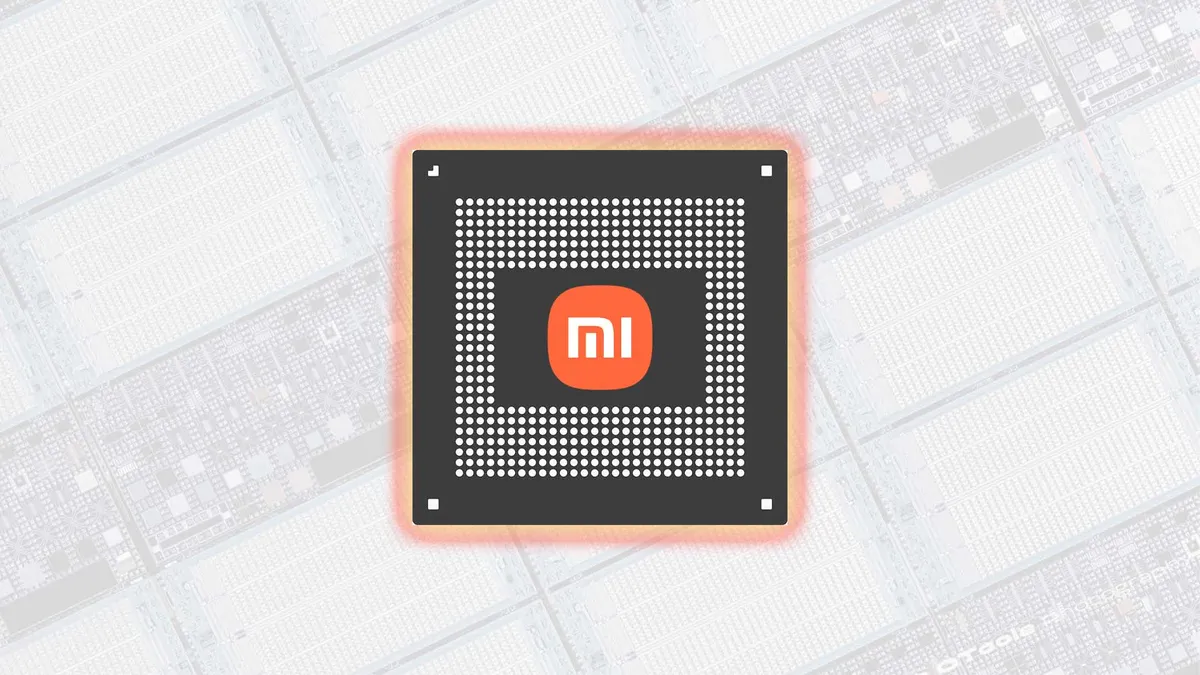
A new division has been established by Xiaomi to accelerate its vision of launching its first custom System on Chip (SoC) after years of anticipation. This innovative team is reportedly led by a former senior director from Qualcomm, and they have designated the name Xring for the company’s in-house chipset. The formation of this specialized division highlights Xiaomi's commitment to advancing its technology and reducing reliance on external chip manufacturers.
Recent reports reveal that the Xring team consists of approximately 1,000 employees. In a strategic move, this division will operate independently from Xiaomi to possibly evade scrutiny from U.S. authorities. Such measures are crucial to prevent similar trade restrictions that have been imposed on other Chinese firms, notably Huawei. By keeping Xring separate, Xiaomi aims to minimize any potential backlash that could disrupt its business operations.
In March, a working prototype of Xiaomi’s Xring was reportedly spotted, showcasing functionality that is said to mirror the final product. This prototype has sparked discussions among industry insiders, including tipster @Jukanlosreve, who noted a considerable amount of skepticism regarding Xiaomi's chip manufacturing ambitions. The prototype's performance indicates that Xiaomi is making significant strides in developing its own chip technology, which could potentially influence other companies to explore similar paths.
The team behind Xring is rumored to be preparing for an announcement in May; however, the unveiling could face delays due to undisclosed circumstances. Current information suggests that Xring will function entirely as a standalone entity, although the rationale behind this strategic separation remains unclear. Last year, Xiaomi achieved a major milestone by reaching tape-out status for its first 3nm chipset, which may have attracted the attention of U.S. regulatory bodies concerned about technology transfers to Chinese companies.
The emergence of Xiaomi's custom SoC could have significant implications for the tech industry. There is a growing concern that other Chinese firms might also harness the 3nm process for their advancements, potentially undermining the competitive edge that the U.S. holds over China. Consequently, the establishment of the Xring division may serve as a strategic buffer to lessen unwanted attention from regulators.
Furthermore, the post highlights that Xring has adopted numerous cost-saving practices, which have had a mixed impact on the industry. Should Xring succeed, it could potentially inspire other companies to reduce their dependence on major chip manufacturers like Qualcomm and MediaTek, thereby initiating a broader shift in the semiconductor landscape.
In summary, Xiaomi's ambitious endeavor to launch its own custom SoC with Xring signifies a pivotal moment in the tech industry, with potential ramifications that extend beyond its own operations. As the situation develops, it will be intriguing to see how this initiative shapes the future of chip manufacturing and competition in the global market.